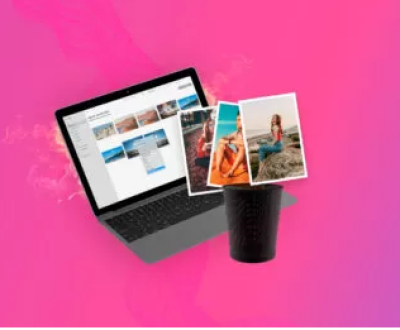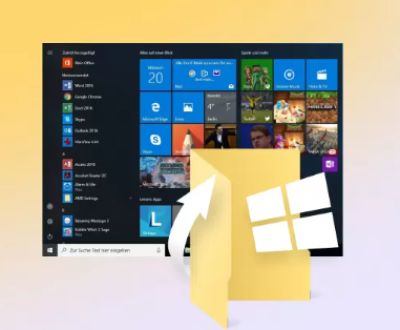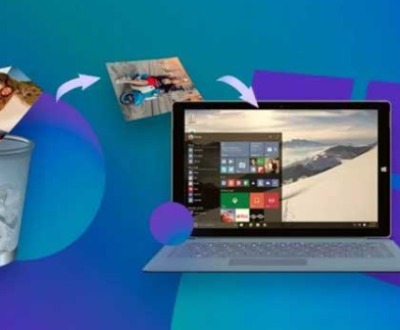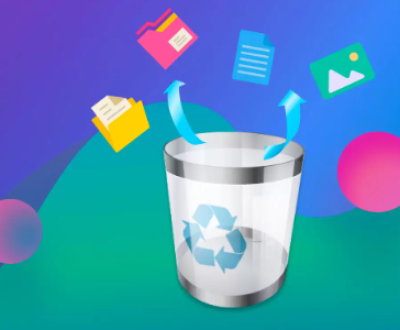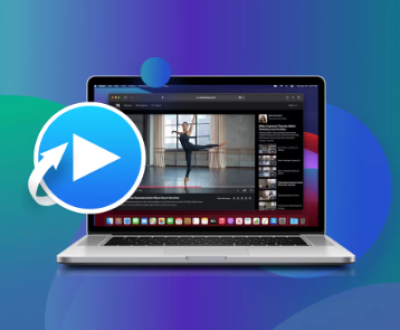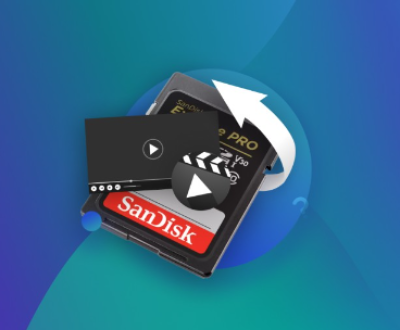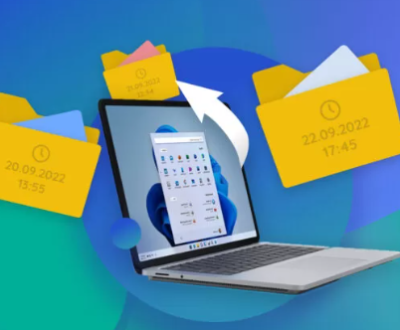If your Seagate external hard drive is not working and there’s no light, here’s a comprehensive guide to help you troubleshoot the problem:
1. Check the Basics
Power Source:
The first thing to do is to ensure that the external hard drive is properly powered. If it’s a USB – powered drive, try connecting it to different USB ports on your computer. Some USB ports might not provide enough power, especially if they are part of a USB hub or are low – power USB 2.0 ports.
If your drive has an external power adapter, check if the adapter is plugged in correctly and the power outlet is working. You can test the outlet by plugging in another device.

Cable Connections:
Inspect the USB cable that connects the external hard drive to your computer. Look for any signs of damage such as frayed wires or bent connectors. If the cable is damaged, it can prevent the drive from working properly and can also be a safety hazard.
Try using a different USB cable if you suspect that the current cable is faulty. Some Seagate external hard drives come with a short USB 3.0 cable for high – speed data transfer and a longer USB 2.0 cable for more flexibility in terms of distance from the computer. Make sure you are using the appropriate cable for your needs.
2. Device Compatibility and Drivers
Operating System Compatibility:
Ensure that your operating system supports the Seagate external hard drive. Seagate drives are generally compatible with a wide range of operating systems including Windows, macOS, and Linux. However, some older drives might not work well with the latest operating system updates.
For example, if you have updated your Windows operating system recently, it’s possible that the driver for your Seagate drive needs to be updated as well. You can visit the Seagate official website to check for the latest drivers and firmware updates for your specific model.
Drivers:
In Windows, you can open the Device Manager to check if the external hard drive is recognized. If there is a yellow exclamation mark next to the device, it indicates a problem with the driver. Right – click on the device and select “Update Driver” to let Windows search for the latest driver online or you can install the driver downloaded from the Seagate website.
On macOS, the system usually recognizes external drives automatically. However, if there is a problem, you can try resetting the SMC (System Management Controller) on Mac laptops or checking for software updates that might include updated drivers for external storage devices.
3. Disk Management and Partitioning
Disk Management in Windows:
Open the Disk Management utility in Windows. To do this, right – click on the “Start” button and select “Disk Management”. Look for your Seagate external hard drive in the list of disks. If the drive is listed but doesn’t have a drive letter assigned, right – click on the partition and select “Change Drive Letter and Paths”. Assign a drive letter to the partition so that it can be accessed in File Explorer.
If the drive shows as “Offline” in Disk Management, right – click on it and select “Online” to make it available for use. In some cases, the partition might be corrupted. You can try using the built – in Windows tools like “Check Disk” to scan and repair any errors on the partition. To run Check Disk, right – click on the partition and select “Properties”. In the Properties window, go to the “Tools” tab and click on “Check” under the “Error – checking” section.
Disk Utility in macOS:
On a Mac, open the Disk Utility application. It’s usually located in the “Applications/Utilities” folder. In Disk Utility, look for your Seagate external hard drive in the list of devices on the left – hand side. If the drive is not mounted, click on the “Mount” button to make it accessible.
If the drive appears to be having problems, you can run a First Aid scan. Select the drive or the partition in Disk Utility and click on the “First Aid” button. The First Aid process will check for and repair any disk errors such as file system corruption.
4. Hardware Failure
Clicking or Grinding Noises:
If you hear a clicking or grinding noise coming from the external hard drive, it’s a sign of a possible mechanical failure. In such a case, it’s best to stop using the drive immediately to prevent further damage. You can contact Seagate customer support to see if the drive is still under warranty and to arrange for a replacement or data recovery services if necessary.
Overheating:
External hard drives can overheat if they are used for extended periods or if they are placed in an environment with poor ventilation. Overheating can cause the drive to malfunction or even fail. Make sure the drive has enough space around it for air to circulate and that it’s not placed near a heat source such as a radiator or a laptop’s exhaust vent.
5. Data Recovery Considerations
Importance of Data:
If your Seagate external hard drive contains important data and you suspect that it’s at risk due to the drive not working, it’s crucial to consider data recovery options as soon as possible. Do not attempt to open the hard drive casing on your own if you are not a professional, as this can cause further damage to the drive and the data stored on it.
Professional Data Recovery Services:
There are many professional data recovery companies that can help you retrieve data from a malfunctioning external hard drive. These companies have specialized tools and cleanroom facilities to handle hard drive failures. However, data recovery services can be expensive, so it’s important to weigh the cost against the value of the data you need to recover.
Some Seagate drives come with a limited data recovery service plan as part of their warranty. Check the terms and conditions of your drive’s warranty to see if data recovery is covered.
About us and this blog
Panda Assistant is built on the latest data recovery algorithms, ensuring that no file is too damaged, too lost, or too corrupted to be recovered.
Request a free quote
We believe that data recovery shouldn’t be a daunting task. That’s why we’ve designed Panda Assistant to be as easy to use as it is powerful. With a few clicks, you can initiate a scan, preview recoverable files, and restore your data all within a matter of minutes.
Subscribe to our newsletter!
More from our blog
See all postsRecent Posts
- How to restore deleted images 2025-06-30
- How to restore a deleted file on windows 2025-06-30
- is there any way to restore deleted photos 2025-06-30

 Try lt Free
Try lt Free Recovery success rate of up to
Recovery success rate of up to

